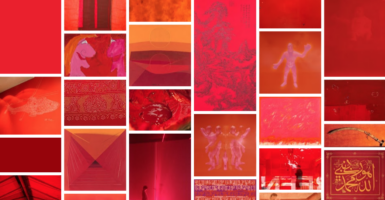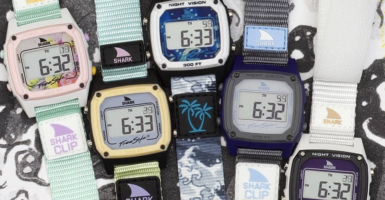Here’s How Iran Looked Before The Islamic Revolution
For more than four decades, relations between Iran and the West have been chilly at best and warlike at worst. Given this context, it seems almost unbelievable that for decades following World War II, Iran was a Western-friendly nation known for its modernization and land reform efforts.
This isn’t to suggest that Iran was a utopia, as these years saw increased social inequality and suppressed dissent — all contributing factors to the mass protests and eventual Islamic Revolution of the late ’70s. Still, images of pre-revolutionary Iran show a country that’s hardly recognizable today.
Schooling Was Revolutionized
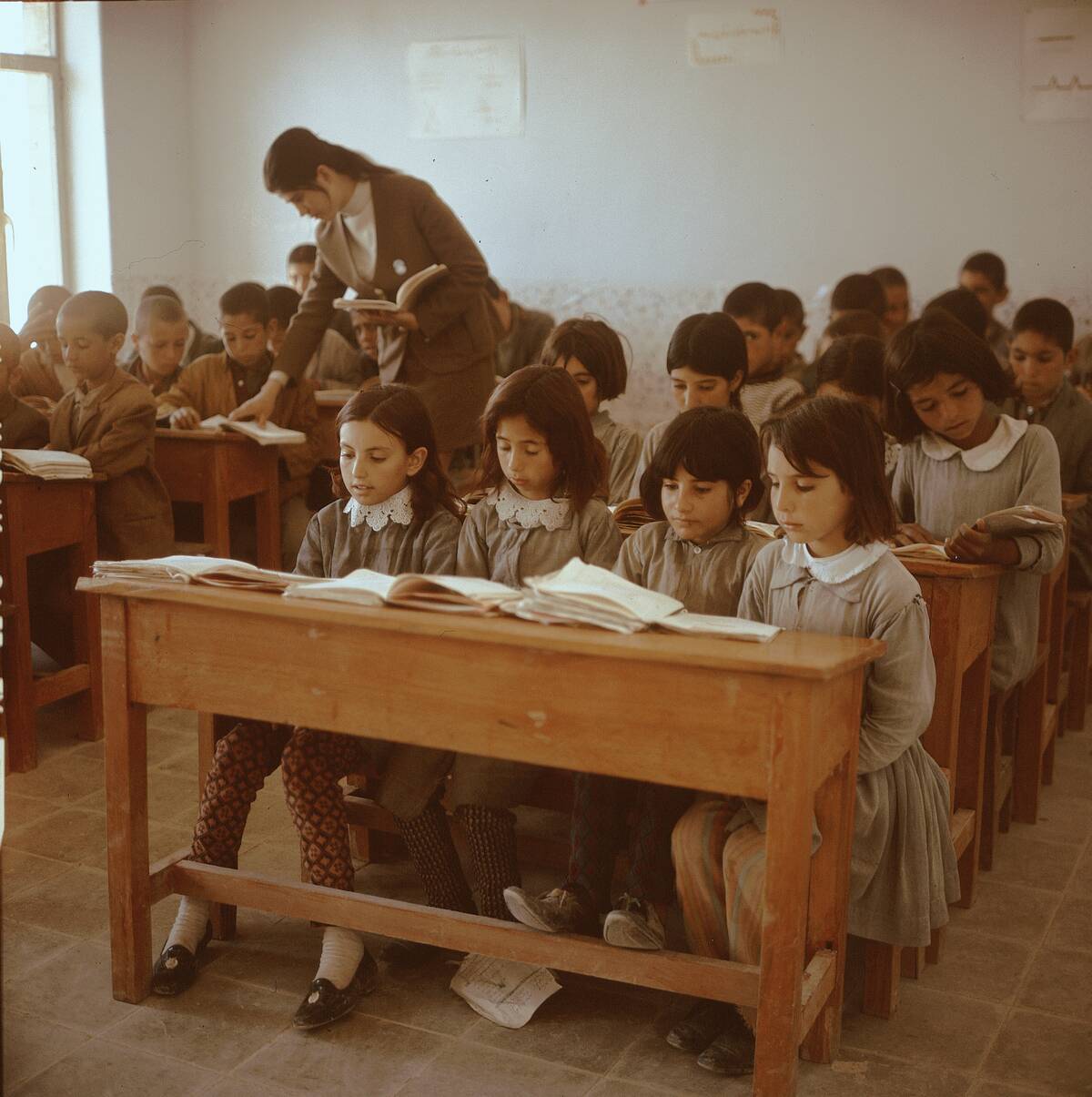
The White Revolution of the 1960s, conducted under the rule of Mohammed Reza Pahlavi, saw the Iranian government placing an increased emphasis on access to schooling.
Public education was free — at least in theory — and compulsory for children between six and eleven years of age. The movement saw not only the construction of more schools, but also the implementation of Western-style classrooms. Of course, students were taught to be obedient to the Shah and the monarchy.
Traditional Garb Never Went Away
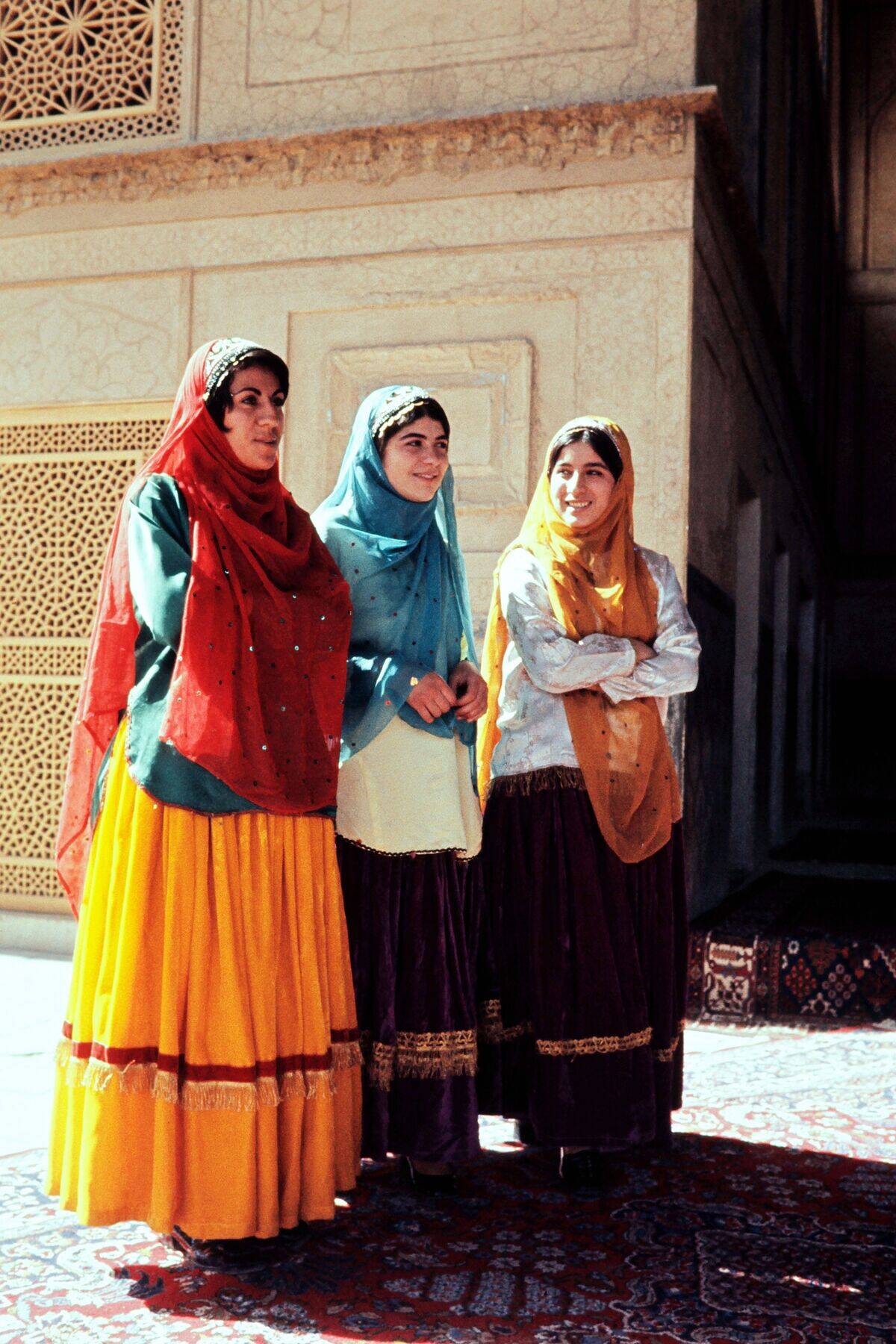
Iranian women in the 1970s were free to wear more daring Western fashions, but this photo shows that most women of the era were likely still wearing traditional garb.
In urban areas, the chador — a large cloth that draped over the body and was held closed in the front — was one of the most common garments worn by women.
In 1971, Iran Hosted a Party
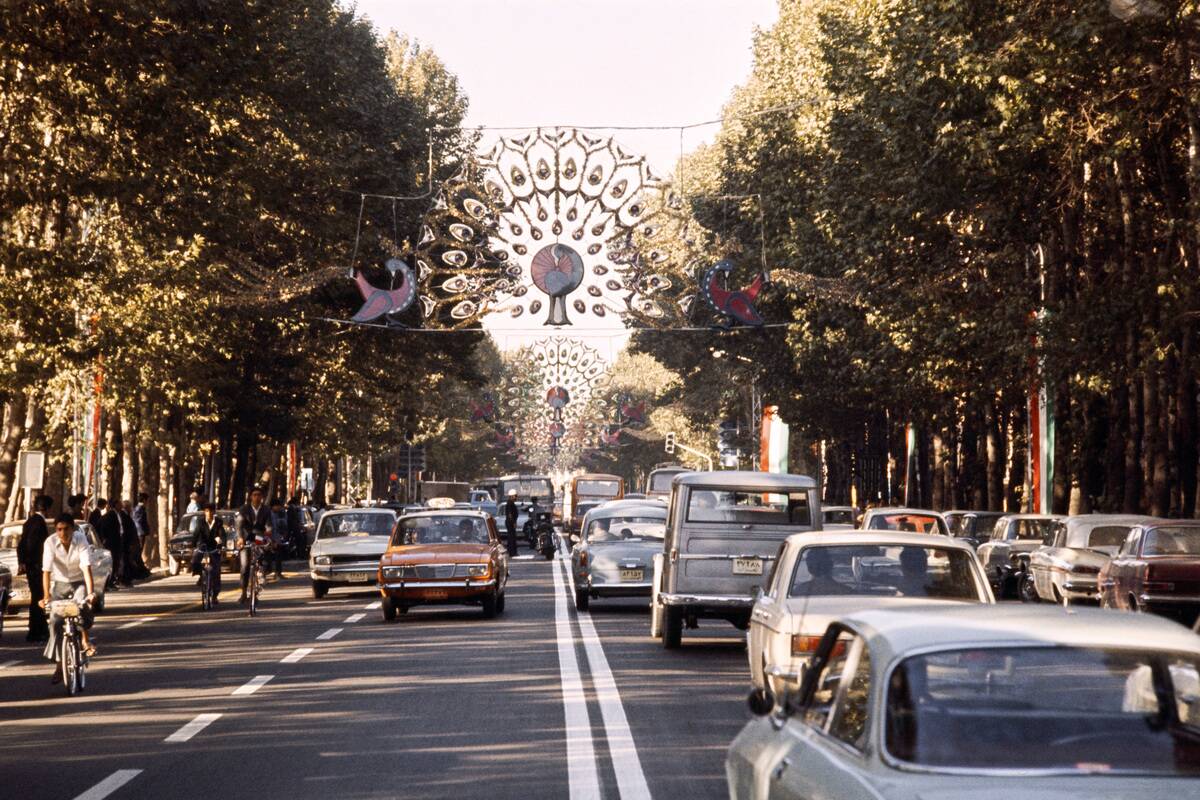
This tree-lined street in Tehran also features decorations suspended over the road. They were put in place to celebrate the 2,500th anniversary of the Persian Empire, an extravagant celebration organized by the Shah.
While it was a time of celebration, the overarching narrative was also designed to draw a direct line from Cyrus the Great to the Shah. This not only helped to further legitimize the Shah, but also present Iran as both an ancient civilization and a modern power.
Ancient Traditions Held Firm
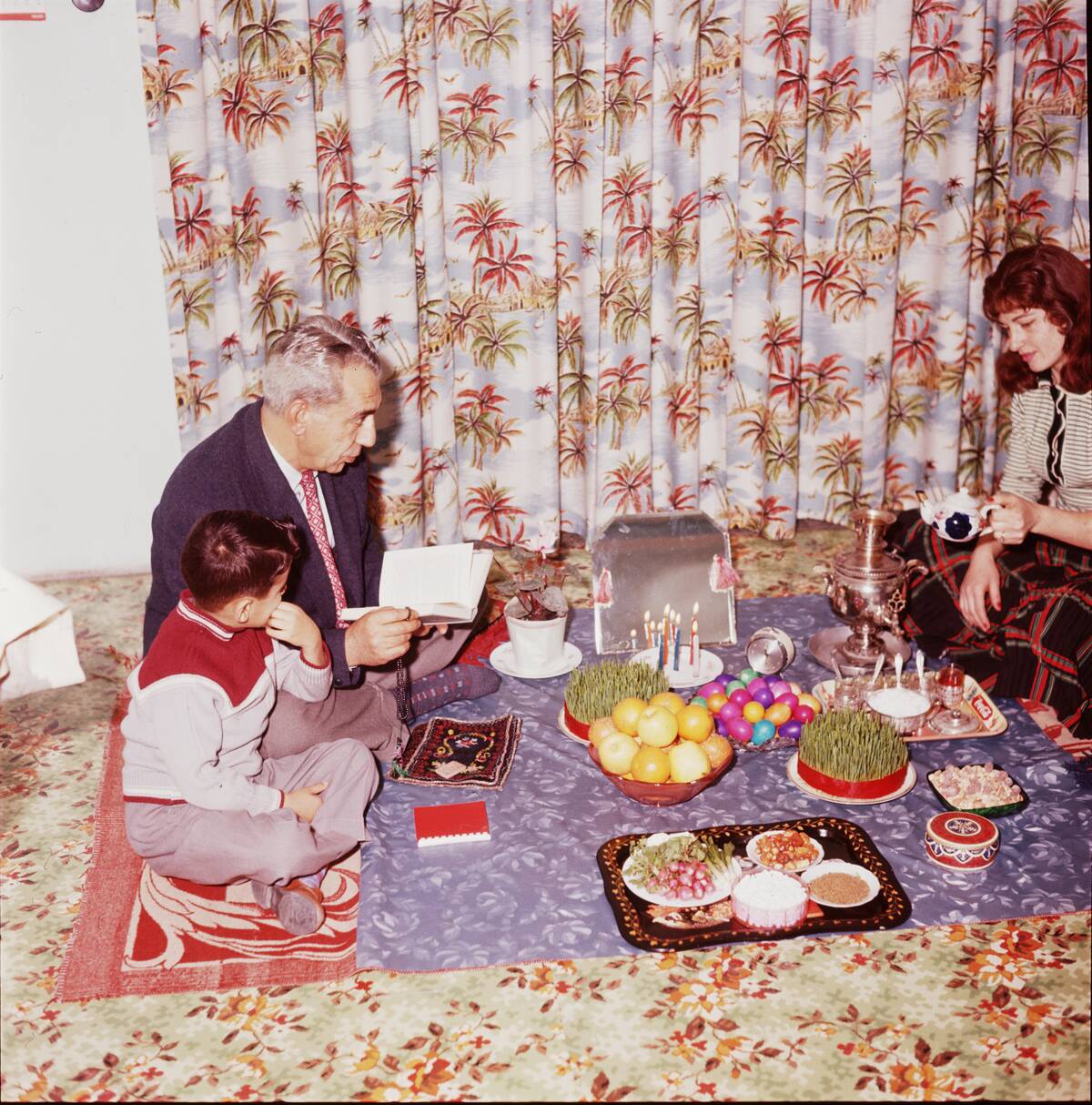
This family is gathered at home to celebrate Nowruz, or the Persian New Year, which is one of the oldest traditions in the region. It’s been celebrated for over 3,000 years, going back to pre-Islamic times.
While Iran was a country in upheaval throughout much of the ’70s, Nowruz was a kind of unifying tradition, as it was observed by people across different social classes, ethnicities, and even faiths.
It Was A Secular Tradition
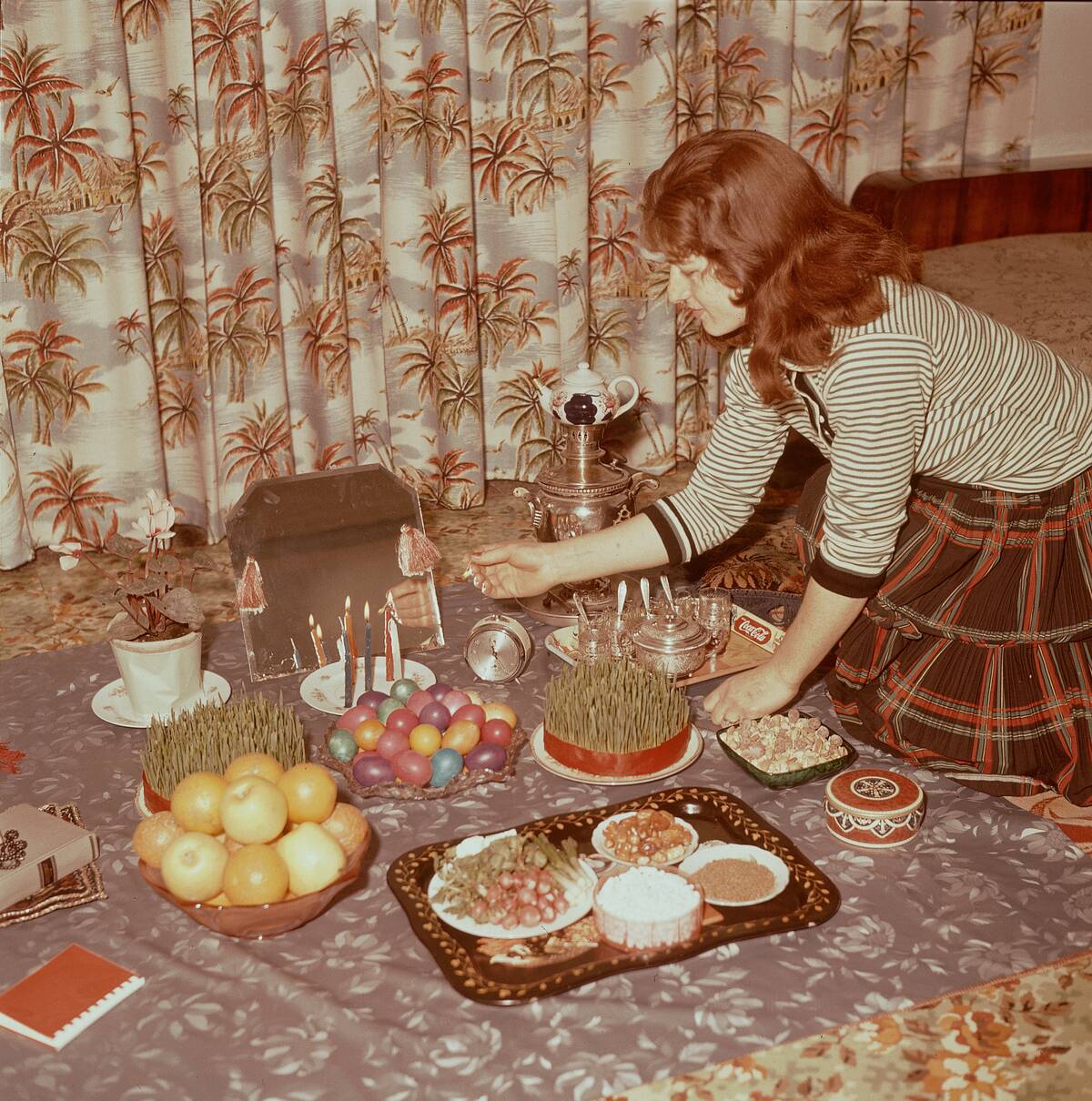
The Shah embraced Nowruz as a secular celebration that tied together all eras of Iran’s long history. Much like Christmas and New Year’s in the West, it was a time for public festivities, as well as smaller familial gatherings.
For families with the means, Nowruz generally meant gift-giving, especially for children. As schools and government offices closed for nearly two weeks around the holiday, it was also a time for people to visit with relatives.
Tehran Was Known For Tree-Lined Streets
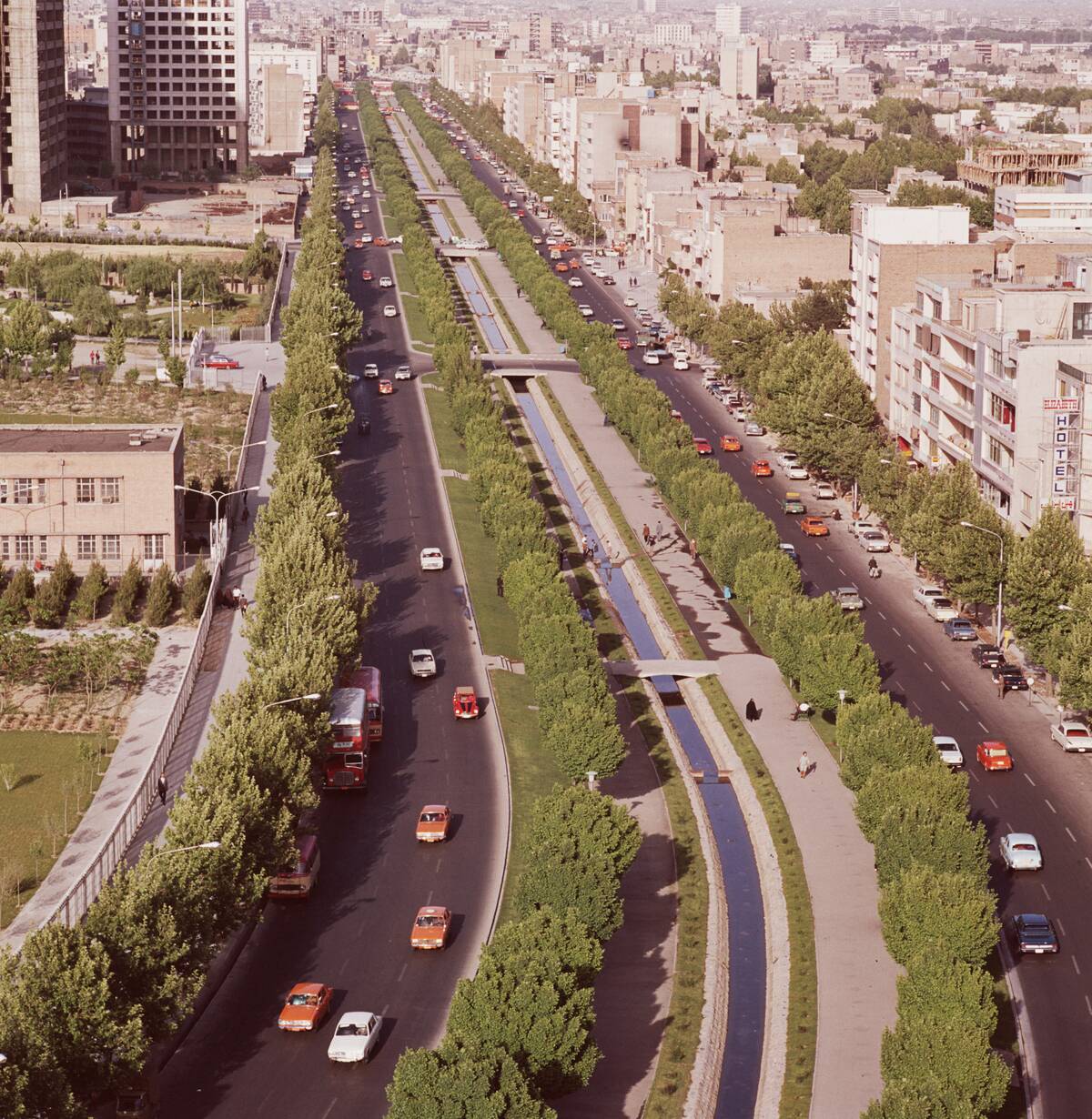
This aerial view of Tehran features Queen Elizabeth Street at its center, a prominent thoroughfare through the heart of the city. The very name of the street reflects Iran’s diplomatic ties with Britain during that era.
While the leafy street was a fantastic showcase of Tehran’s Western-styled modernization efforts, critics of the monarchy contested that it symbolized Western excess, along with the erosion of Iranian culture and identity. After the 1979 Islamic Revolution, the name was changed.
Iran Hosted International Sports
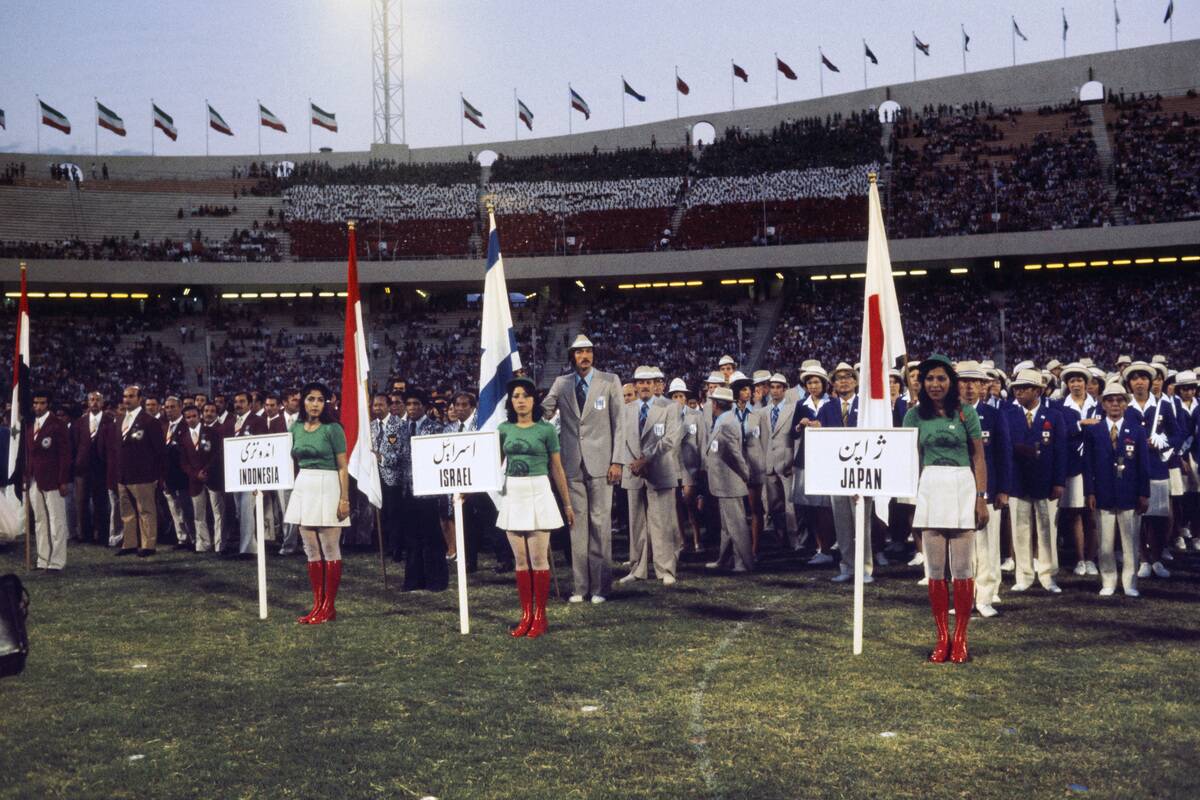
Iran hosted the 7th Asian Games in September of 1974, which was a significant milestone for Iran as it represented the first time the event was held in the Middle East.
While it wasn’t quite the Olympics, the Shah invested in the event as if it were. Modern, state of the art facilities were constructed for the occasion, including the Aryamehr Sports Complex (now known as the Azadi Sports Complex). Iran performed well at the games, finishing second in the medal tally behind Japan.
Traditional Marketplaces Were Still Prevalent
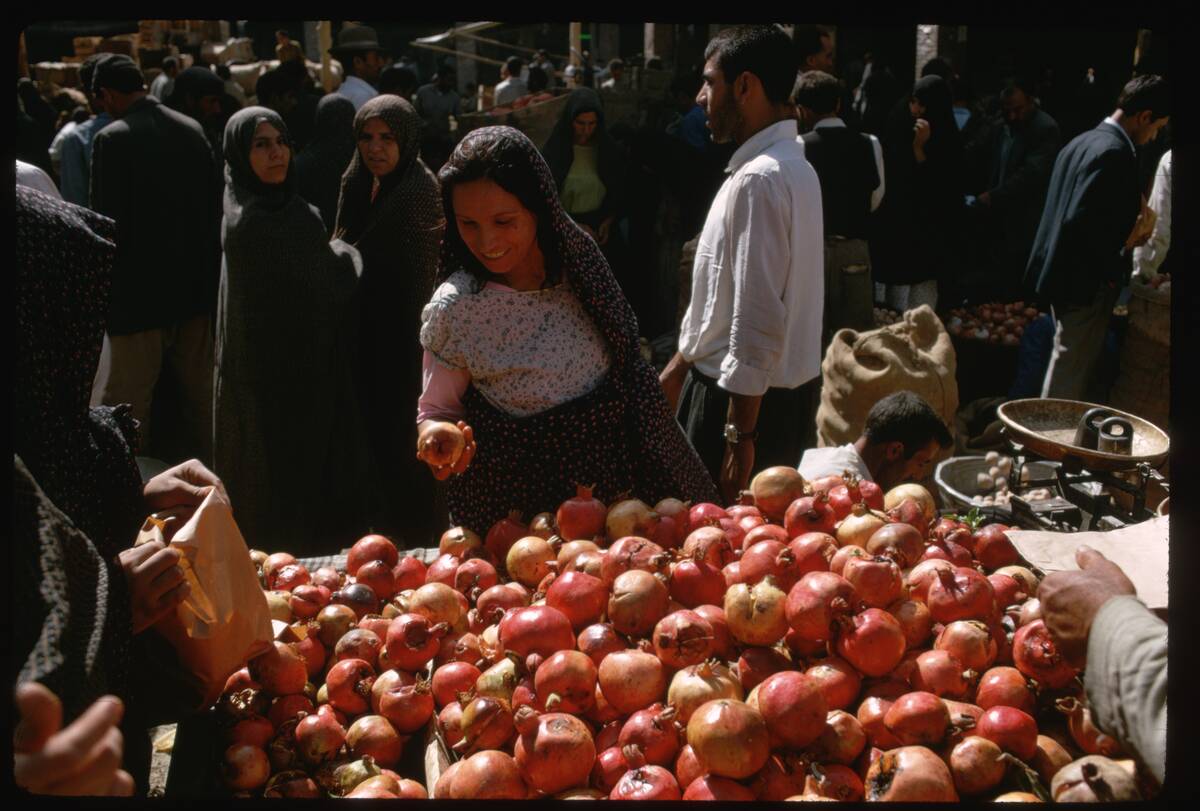
The Shah’s efforts to portray Iran as a modern, western nation often drew attention to the foreign-owned businesses and brands that were present in Tehran — but amidst this, traditional markets still operated in Tehran and elsewhere.
The classic bazaar, where vendors would set up simple stalls in a central marketplace and engage in bartering with customers, was alive and well in pre-revolutionary Iran — just as it had been for centuries.
Markets Played A Vital Role
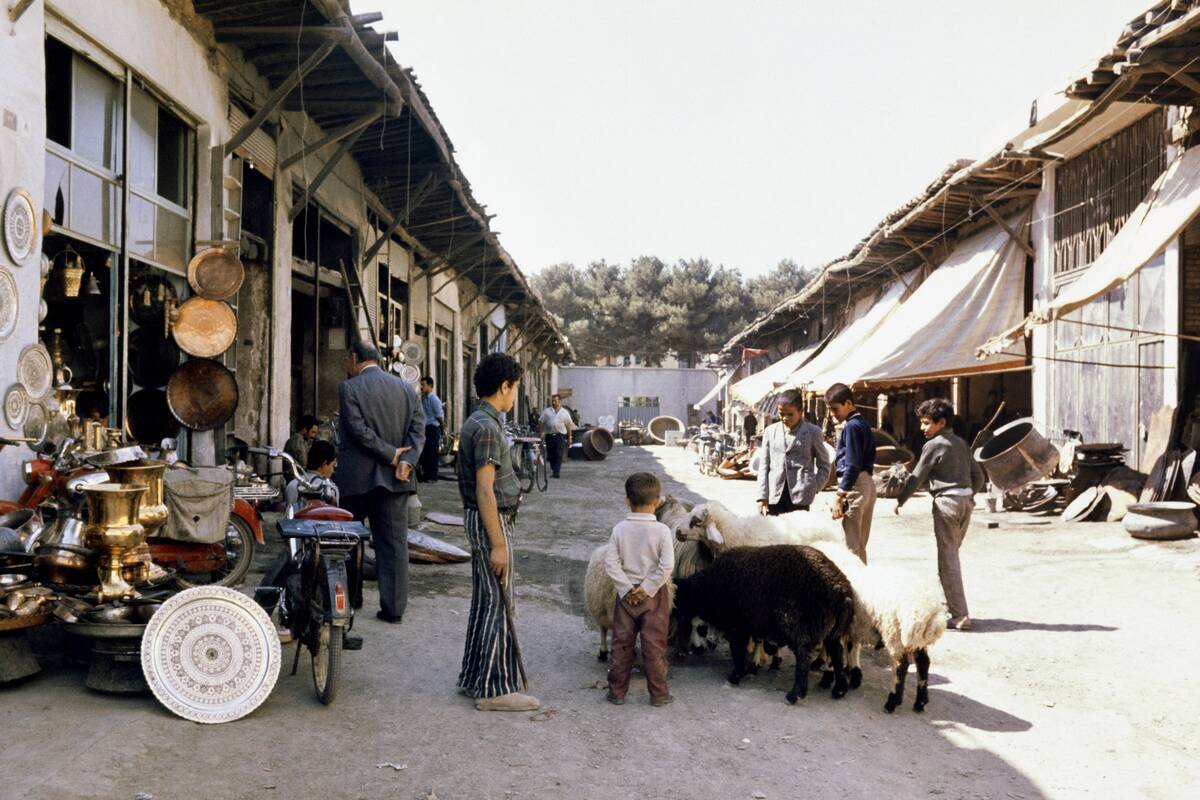
The reality of pre-revolutionary Iran is that only wealthy citizens were able to take part in most of the luxuries brought by the Shah’s modernization efforts. Many citizens lived a humble life, similar to that of their parents and grandparents.
This photo of a sheep market in Isfahan demonstrates that, far away from the showy glitz of Queen Elizabeth Street, important tasks like farming were still taking place.
The Tourism Industry Thrived
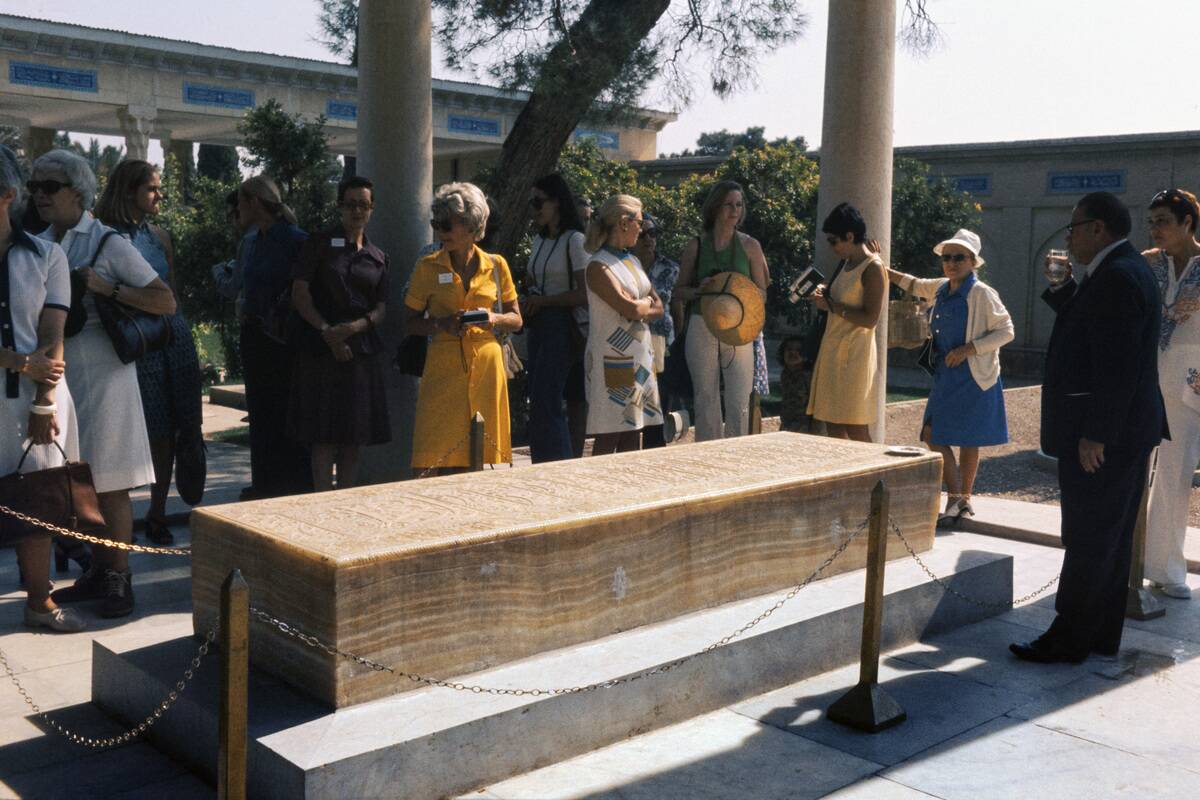
Iran actively promoted itself as a tourist destination during this era, and indeed, the country had a lot to offer between its warm climate and its numerous historical sites.
To support these visitors, infrastructure such as modern hotels and airports were constructed. The Shah viewed tourism as a way not only to spur the economy, but also as a way to showcase Iran’s ancient heritage and modernization efforts.
Tehran Offered a Cosmopolitan Atmosphere
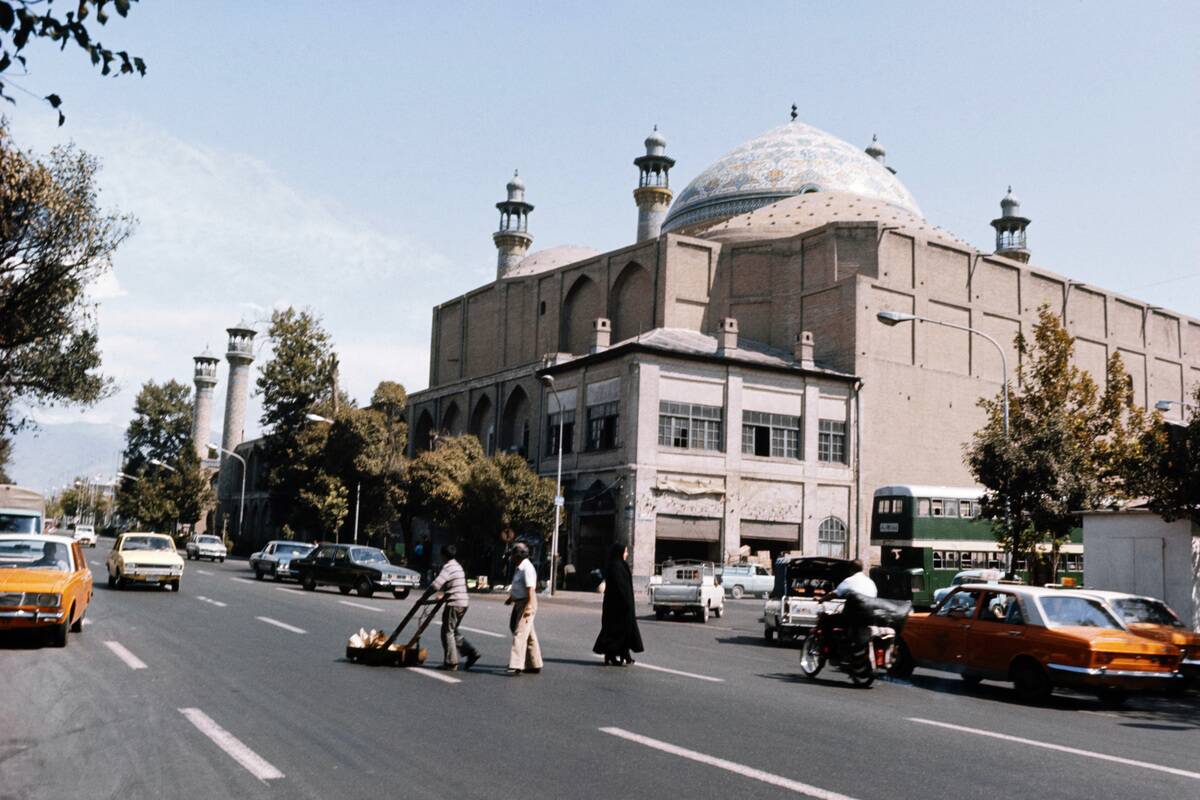
Popular tourist sites included Persepolis, Isfahan, Shiraz, and Yazd, all of which featured ancient Persian architecture — but most trips to these destinations started in Tehran. Thanks to Tehran’s museums and luxury accommodations, many tourists didn’t even leave the city limits.
Overall, Iran was especially popular with European tourists during the ’60s and ’70s, when it became part of the so-called “Hippie Trail.”
Western Industry Had a Major Presence
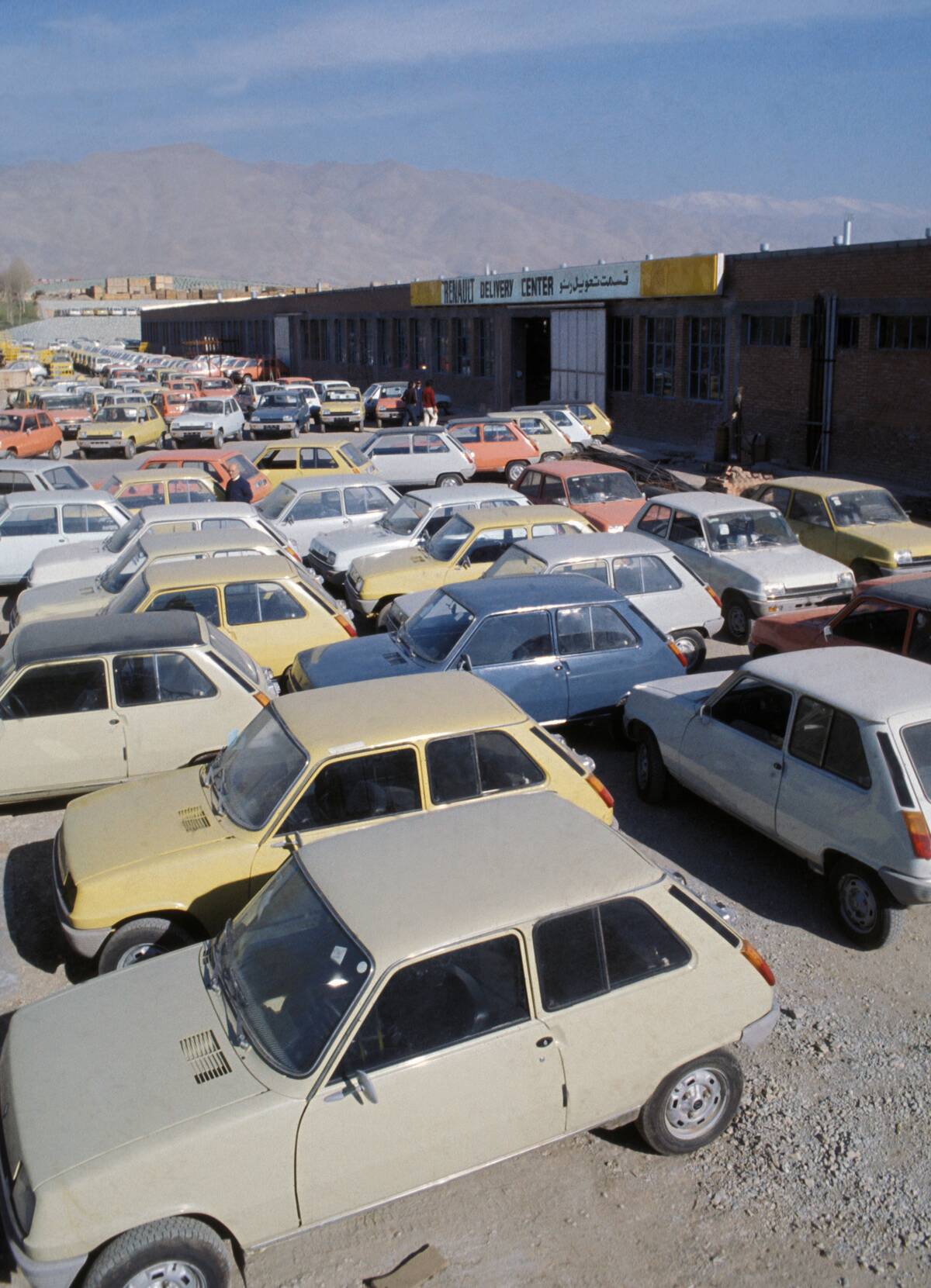
This photo shows a large lot of Renault cars outside a production plant in Tehran. It’s one example of many of a Western company entering into a joint venture with the Iranian government.
Renault’s early investment in Iran ensured that Renaults were among the most popular cars during this period. For those who could afford one, a Renault symbolized modernity and upward mobility.
It Was a Fashion Destination
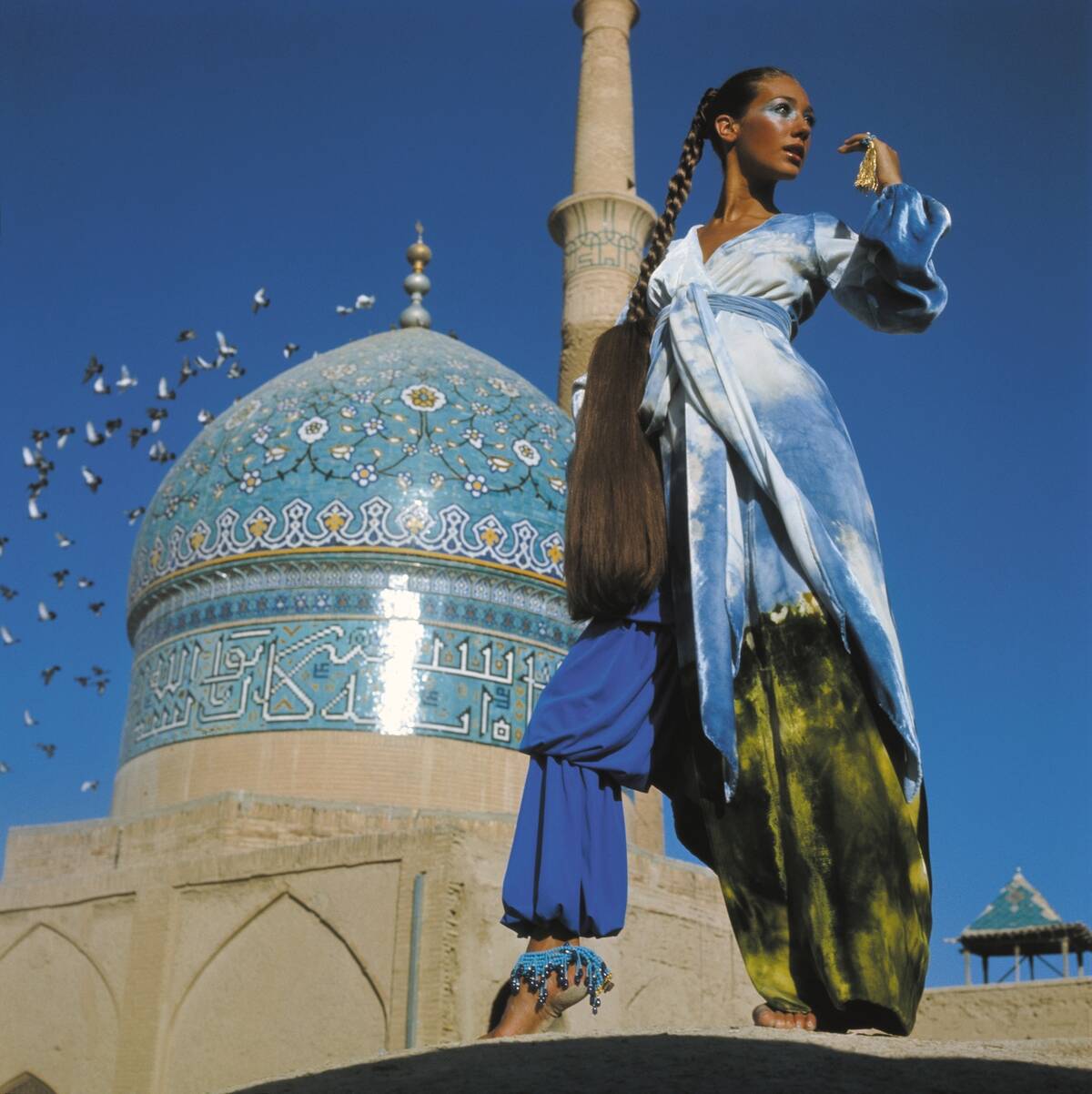
The deep blue sky and striking shrine of Haroun Valayat make for an ideal backdrop for this Vogue photoshoot, which featured American model Marisa Berenson.
In a few short years, outfits like the one worn here by Berenson wouldn’t be seen in Iran, and no Western fashion magazine would dare attempt a similar photo shoot.
Isfahan Was a Major Hub
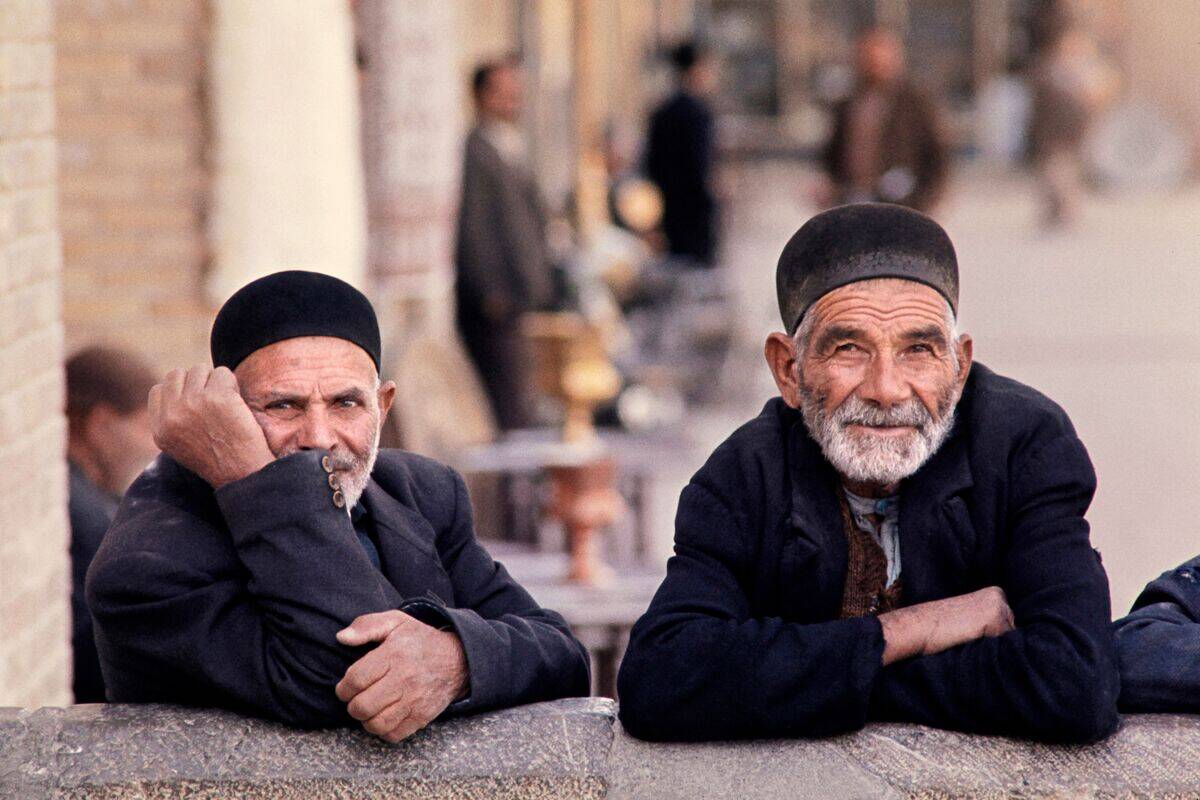
Tehran is Iran’s capital and largest city, but Isfahan — located about 270 miles to the south — was a bustling metropolis in its own right. Much like Tehran, Isfahan received modernization efforts under the Shah, but maintained a more traditional image.
Much of Isfahan’s stunning Safavid-era architecture was preserved, including its historic core. Several UNESCO World Heritage Sites are located in Isfahan.
Wrestling Holds a Special Place in Iranian Culture
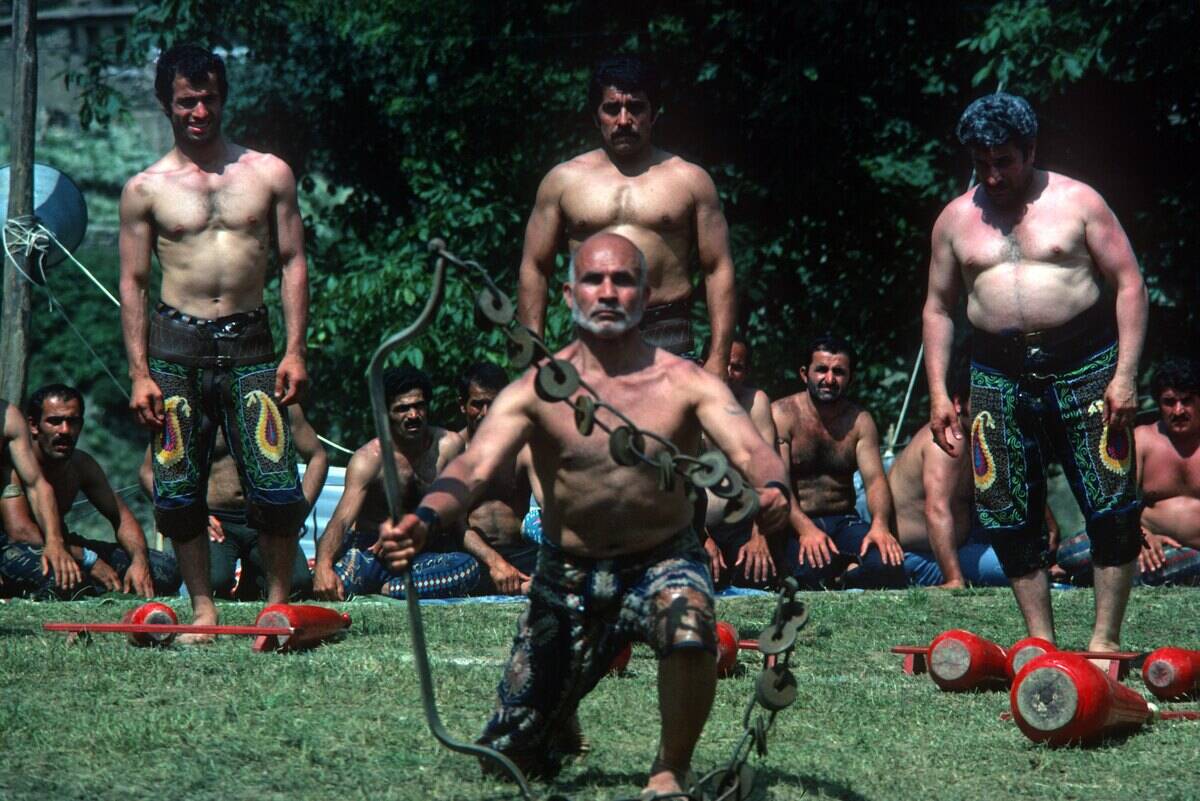
The history of wrestling in Iran goes back centuries, and during the Shah era, it was a major source of national pride. The government supported the sport through clubs and training centers, and this also helped the sport to gain international prominence whenever Iran competed in events.
Wrestlers were seen as national heroes, with figures like Gholamreza Takhti still fondly remembered today.
